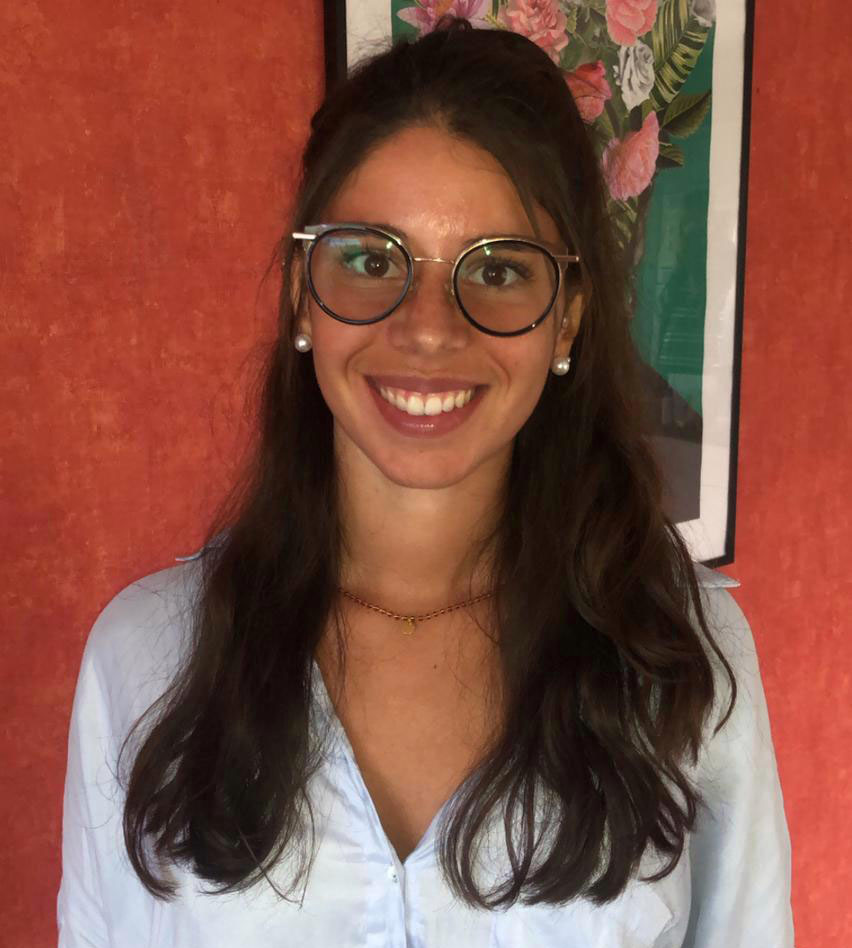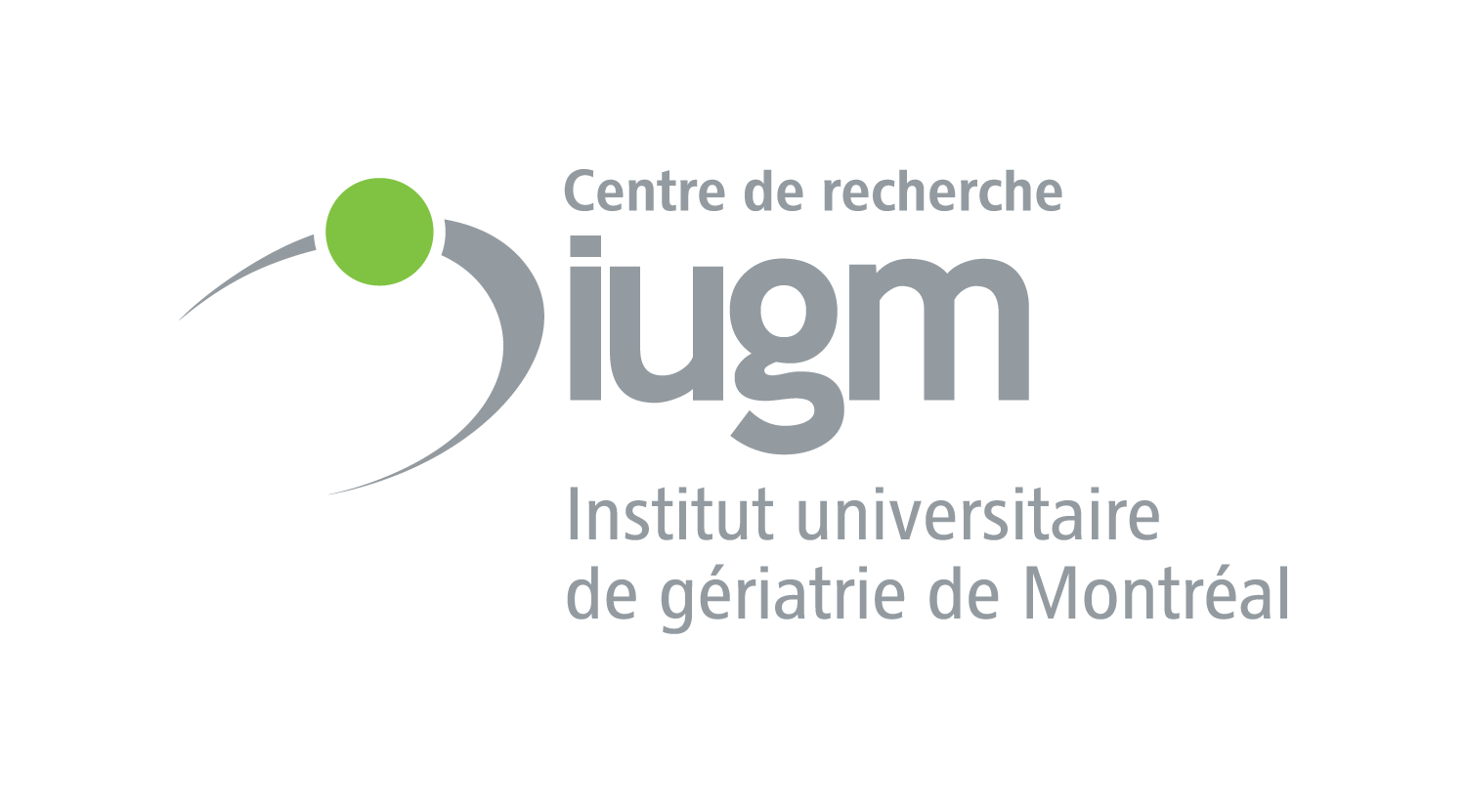The Research Centre of the University Institute of Geriatrics of Montreal (CRIUGM, CCSMTL) wishes to highlight the awards received by three of its students in physical activity/kinesiology at the Association Québécoise des Sciences de l’Activité Physique (AQSAP) conference. The graduate students were rewarded for the excellence of the presentation of their research work.
AQSAP is a non-profit organization that brings together 1,000 citizen and organizational partners who want to make sustainable health a priority for the entire population of Quebec, with a special emphasis on prevention.
Congratulations to :

Eva Peyrusqué, PhD, 1st prize for oral presentation
Director: Pre Mylène Aubertin-Leheudre, Faculty of Science, Department of Physical Activity Sciences (UQAM)
Assessment of maintenance of autonomy by treatments during hospitalization (MATCH): a pilot study
Hospitalization increases immobilization which contributes to a spiral of loss of independence and health care needs. Physical activity (PA) is known to counteract these losses. However, it is not integrated into usual care because it is either non-specific or resource intensive. Thus, our team developed a pragmatic PA program (MATCH) to improve their life and care trajectory. Twenty-four eligible patients (>65 years) admitted to a geriatric unit were randomized into 2 groups: MATCH or Usual. The voluntary and specific PA program (3 exercises, 3 times per day) was prescribed according to the mobility score obtained using a decision tree. Participants performed an average of 2 sessions/day and reported enjoying (100%) and being satisfied (80%) with the program. The MATCH group improved more on the sit-to-stand test than the usual group. MATCH was implemented over 3 days and 90% of the health professionals found it adequate. Implementing this program tends to reduce the length of stay and rehabilitation care during hospitalization. In conclusion, MATCH appears feasible, acceptable, safe and could be integrated into current care practices to counter iatrogenic decline.

Jordan Granet, PhD, 3rd prize for oral presentation
Director: Pre Mylène Aubertin-Leheudre, Faculty of Science, Department of Physical Activity Sciences (UQAM)
Physical activity via web technology to prevent mobility loss in seniors: a solution in times of covid-19?
Physical inactivity affects more than 50% of seniors and leads to physical declines accentuated by isolation related to COVID-19.
Gerontotechnologies could help seniors become/stay active by allowing them to move remotely. Thus, we examined whether the implementation of physical activity via web-based platforms is a solution to maintain physical and mental health in older adults. 56 men and women (>60 years) were divided into 2 groups: the interactive group (GI) trained 3 times/week for 12 weeks by a kinesiologist, in a group setting, via Zoom, and the video group (VG) where older adults trained individually with pre-recorded vignettes of the same sessions. The GI and GV groups improved their quality of life, functional abilities, muscle strength and endurance. The changes in muscle power and endurance were significantly greater for the GI than for the GV.
Gerontechnologies thus appear to be effective in combating physical decline related to inactivity in the elderly, but the interactive modality appears to be more effective in increasing muscle parameters than the video modality.

Maxime Bergevin, Master ,1st prize for oral presentation
Director: Pr Benjamin Pageaux, School of Kinesiology and Physical Activity Sciences (EKSAP), Faculty of Medicine (UdeM)
Are iii-iv muscle afferents required for effort perception? A systematic review with meta-analysis.
The perception of effort corresponds to our perception of the intensity and difficulty of a physical exercise. While the role of motor control in the elaboration of this perception is accepted, a debate exists in the literature on the involvement of III-IV muscle afferences. The objective of this meta-analysis was to investigate the effect of epidural anesthesia decreasing feedback from muscle afferents on the perception of exertion during physical exercise. Seventeen articles identified in several scientific databases were separated according to whether or not they dissociated the perception of effort from other sensations related to exercise, such as pain and discomfort. The results of the articles dissociating perception of effort generally report a small increase in perception of effort, while those of the articles not doing so are very varied. When effort perception is investigated as a dissociated sensation, muscle afferents do not appear to contribute substantially to the elaboration of this perception. Our results demonstrate the importance of giving clear instructions to participants to enable them to dissociate effort from other sensations perceived during physical exercise.

